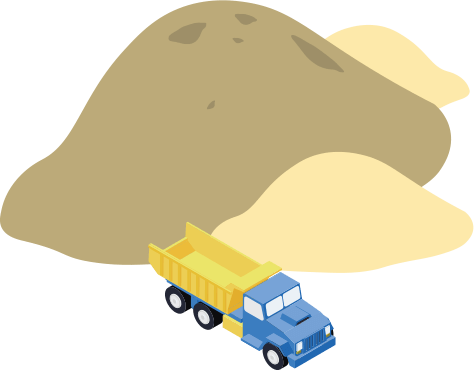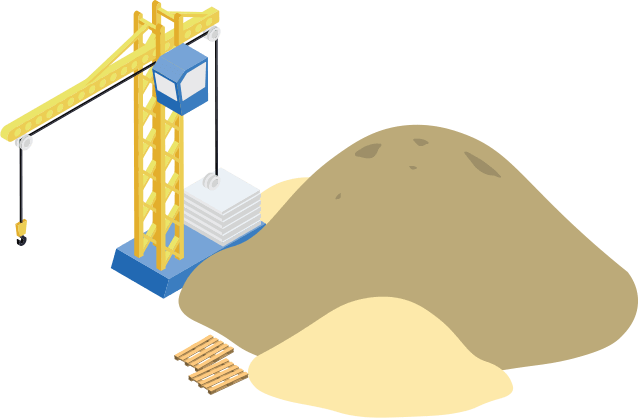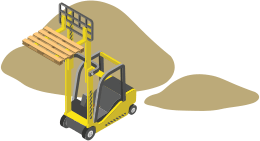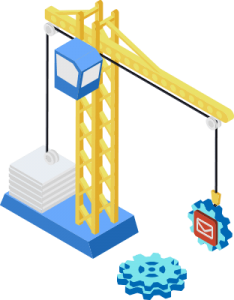Sites these days are getting more advanced by the day. You see it all around you, what a website can do these days is mind boggling. Not only how a site functions, but also what the site functions on… desktop computers, tablets, smartphones, and everything in between. With so many current options to choose from, the possibilities are endless. On top of that, options which don’t currently exist are being requested, and that brings an entirely new level of complexity into the mix.
Let me clarify, custom functionality can be anything from “when I click this button, it should spin, then bounce, and then a pop-up form should appear” all the way to “if a person is not a registered user on the site, show them X, but if they are a registered user, show them Y and Z”. These are examples of custom functionalities which are common. We live in a world of ever expanding expectations and the same holds true for websites. Client requests for custom functionality are growing simply because businesses need to stand out from their competitors, and the web if the new battle front. Can’t blame companies for wanting an edge, whether it be an aesthetic edge using customize animations, or an efficiency edge using customized store functionality.
However, when it comes to customizations, there are no “easy buttons”. Everything has to be done from scratch. This is the reason customizations take much longer to implement than normal website elements. Site developers can leverage previously built code and plugins for existing functionality requests, but when it comes to custom work, the same is not true. The developers must first clearly understand the custom request, and all of its permutations. If the developer does not fully understand the request, a custom feature could be built and be entirely unsatisfactory to the client. The information gathering stage is vital to be most efficient with custom features.
Once the answers are gathered, a plan has to be developed as to how the feature can be built. Thought must go into every piece of the puzzle because there is no “you know what I mean” command in coding. Every bit of logic must be thought out with intention. Any holes in the logic must be plugged with further logic.
Finally, the plan must be coded into the website. This is the process of physically typing the code in order for the necessary logic to work on the website. Depending on the complexity of the feature, this process can take hours to day, or even weeks. Complexity can come in many forms, with many variations. For instance, if the request is to simply make a button bounce when it is clicked, the complexity is low. On the other hand, if the request is to “Show registered users with more than $100 in purchases a 50% discount code, show registered users with less than $100 in purchases a 25% discount code, and show all other users a 10% discount code”, the complexity level is high as this request ties together multiple facets of a website and store functionality.









